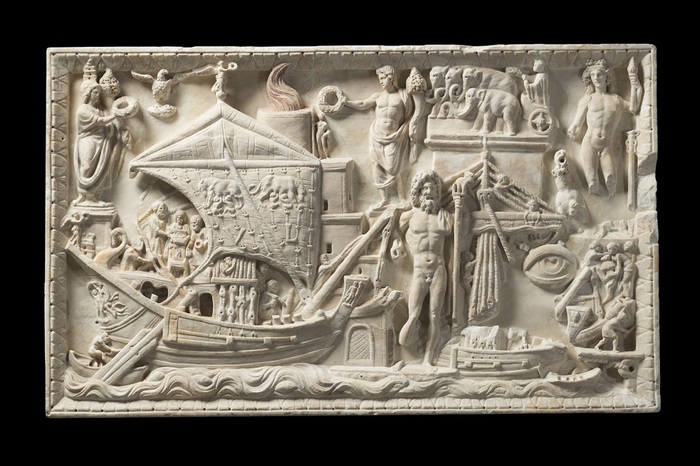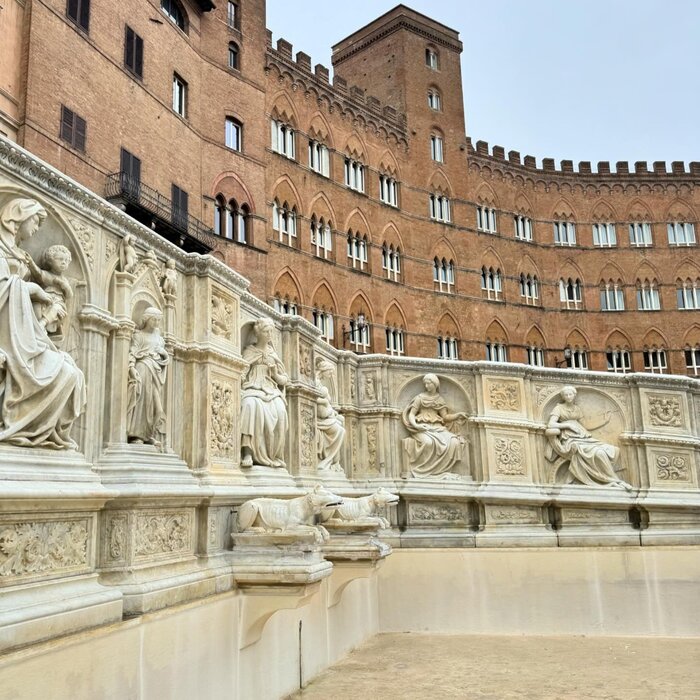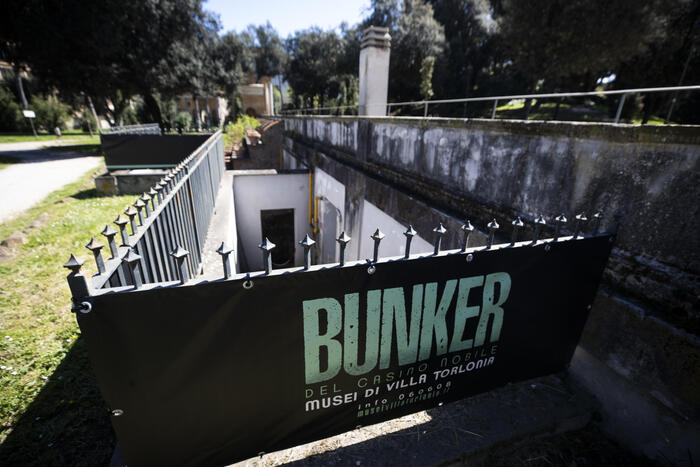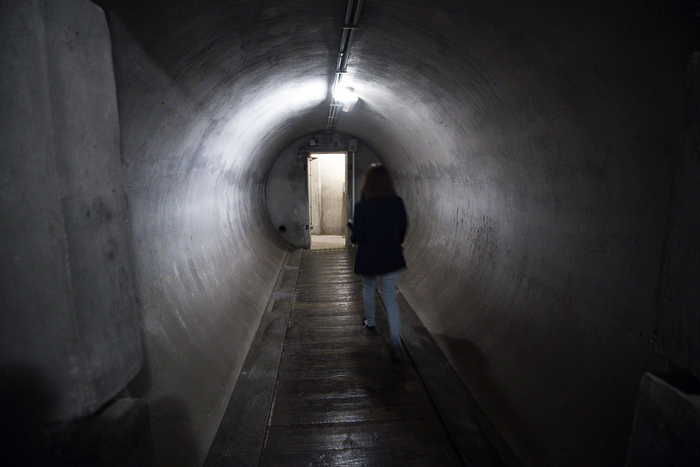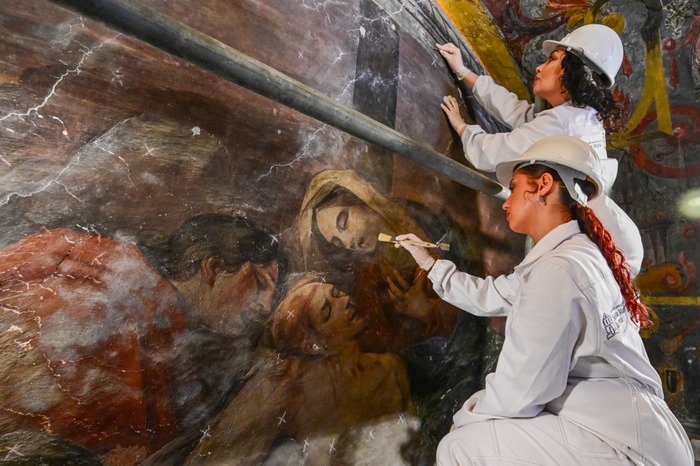ROME - It is famous as the "collection of collections", a priceless heritage made up of treasures that take your breath away so much they are precious and that reflects the dream of a visionary man passionate about the classical world: after a complex journey not without difficulties, between to which the health emergency of the last few months which has blocked its path, finally reaches the collective fruition of the exhibition "The Torlonia marbles. Collecting masterpieces", set up in the new exhibition site of the Capitoline Museums in Villa Caffarelli from 14 October to 29 June.
The result of the collaboration between public and private institutions - the Mibact, the Torlonia Foundation, the Municipality of Rome and the contribution of Bulgari for the restorations -, the exhibition, curated by Salvatore Settis and Carlo Gasparri, presents 92 works, selected from the 620 marbles cataloged and belonging to the Torlonia collection, the most prestigious private collection of ancient sculptures.
The President of the Republic Sergio Mattarella spoke at the inauguration ceremony.
With the installation by David Chipperfield Architects Milan, which includes every single work highlighted by a colored background and a path of neutral bases made of black clay bricks that articulate the space, the exhibition, after Rome, should also travel to abroad on a long tour, the stages of which due to Covid have not yet been defined.
The story of the history of collecting ancient, Roman and Greek marbles begins by recalling the Torlonia Museum, dreamed and founded in 1875 by Prince Alessandro Torlonia and remained open until the 1940s.
An innovative and revolutionary museum, already modern in concept (as shown by the impressive catalog edited by Pietro Ercole Visconti, exhibited in the 1884 edition and the first example of a catalog of ancient sculptures fully reproduced in phototype) that will soon be reborn precisely thanks to the agreement signed in 2016 between Mibact and the Torlonia Foundation.
And this exhibition represents the first step towards the reopening, as underlined by Minister Dario Franceschini, who signed the agreement four years ago: "The Italian State is ready to put resources and places to create a museum suitable for hosting the Torlonia collection. some possible places have been identified, but everything will be shared with institutions and heirs. Meanwhile at the State Regions conference we have already approved the allocation of 40 million euros for the renovation of Palazzo Silvestri-Rivaldi in Rome which could be suitable for hosting the Museum ", he says, "the works in the exhibition are absolute masterpieces. Unfortunately, the epidemiological data conditions the way the exhibitions are visited, but it doesn't matter, in the meantime this is a first step towards the museum".
Satisfaction also expressed by the mayor of Rome Virginia Raggi, who underlines the fruitful "collaboration between public and private" and "the finally restitution to the public of the spaces of Palazzo Caffarelli" in which the exhibition is hosted.
Five sections make up the exhibition itinerary conceived backwards: from the museum as it was in the 19th century, we move on to the collection of works found in the Torlonia properties, then to the forms of collecting in the 18th century, with sculptures from the acquisitions of Villa Albani and from the collection of the sculptor and restorer Bartolomeo Cavaceppi, up to a selection of the marbles of Vincenzo Giustiniani, one of the most sophisticated Roman collectors of the '600, and some very precious pieces from collections of aristocratic families of the' 400 and '500.
The exhibition reflects the commitment to the "conservation, study and sharing of the Torlonia Foundation", says the president Alessandro Poma Murialdo, but also the tenacity of his grandfather Alessandro Torlonia, who passed away in 2017, "who failed to see this realized. project".
"Precisely to keep the promise to reopen the grandiose Torlonia Museum, sanctioned with the 2016 agreement - says the curator Settis - the obstinate tenacity with which the exhibition was worked on", in which, he recalls, only 15% of the collection. Each work is worthy, but all together they constitute a coherent story on the formation of the collection, back from the 19th to the 15th century. The classic is not something dusty, but something that moves because we know it more the more it looks different to us. "

